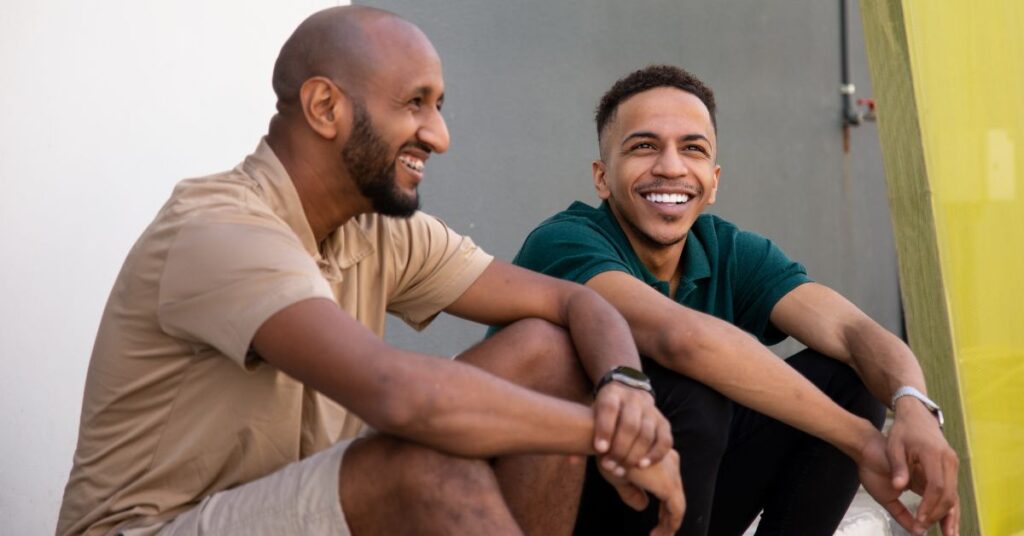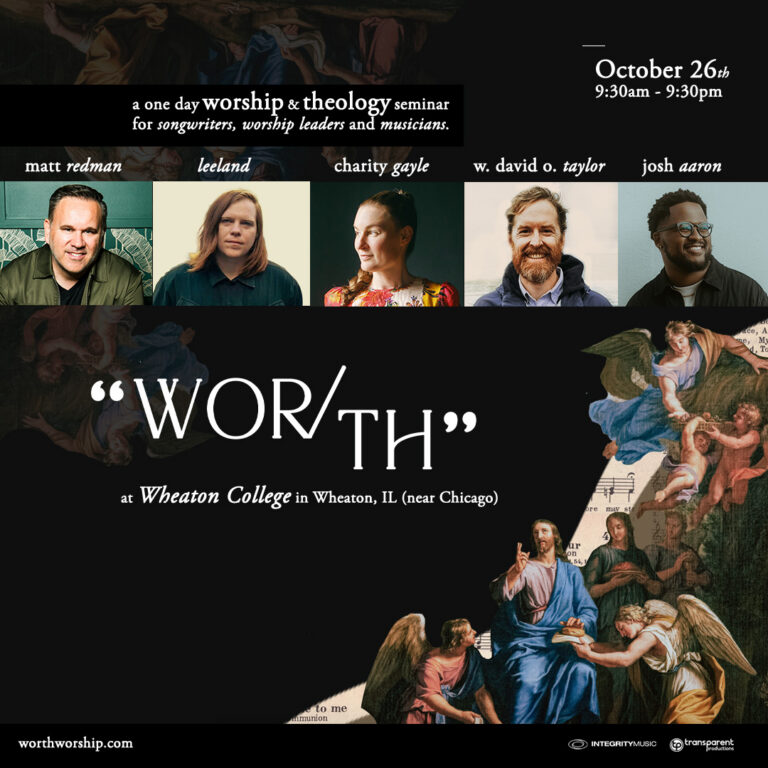By: Johanna McCarthy
Recently, a new term has popped up in the psychology social media space: the liking gap. I’m always a bit wary of psychological concepts gaining traction on social media, as they’re often simplified to fit into bite-sized content aimed at generating views.
No one’s trying to fit an entire research article into a 30-second video! So, I looked into it.
What is the “liking gap”?
The liking gap refers to the difference between how much we think someone likes us and how much they actually do. Research suggests we tend to underestimate how positively others see us, we assume they like us less than they really do.
So, what does the research say?
In 2018, a study of first-year college students getting to know their dorm mates, and of strangers meeting during a personal development workshop, observed the liking gap across different lengths of initial conversations and over several months of interaction. Participants consistently underestimated how much the other person liked them.
Similar results have been observed in a 2021 study of children aged 4 to 11, and in a 2025 study that looked at initial conversations occurring online via text, audio, or video.
While the research hasn’t focused on long-term relationships, the findings suggest that in the early stages of getting to know someone, we tend to view ourselves more negatively than the other person actually does.
Why does this happen?
As humans, we naturally have a negativity bias. This bias acts like a safety filter, it’s a survival mechanism that helps us stay alert to potential threats. From an evolutionary standpoint, it’s more beneficial to focus on what went wrong, or what could go wrong, than to dwell on what went well. A positive interaction poses no risk, but a negative one might harm our reputation. In extreme “survival” terms, being disliked or excluded could once have meant exile, which historically carried serious risks to our safety.
In the context of an initial conversation, this bias might show up as overanalysing what we said, worrying whether we talked too much, or wondering if we said the wrong thing. Meanwhile, the other person likely walks away thinking, “That was a nice chat,” and little else.
So, what can we take away from this?
Personally, I found it a helpful reminder that we can’t always know what someone else is thinking, and we’re more likely to lean toward the negative. So, if you’re thinking about reaching out to someone after an initial interaction to catch up for coffee, maybe give yourself a little more credit. They probably didn’t view you as critically as you imagine.
What’s the worst that could happen? They say no, or maybe leave your message on delivered or seen. In an increasingly digital world, we’re exposed to many more ambiguous social signals, and our brains are doing their best to keep up. It’s worth reminding ourselves: My interpretation is just that, an interpretation.
If you notice this kind of self-doubt shows up often or feels like it’s getting in the way of your relationships or confidence, know that you’re not alone, and you don’t have to navigate it on your own.
Article supplied with thanks to The Centre for Effective Living.
Feature image: Canva




